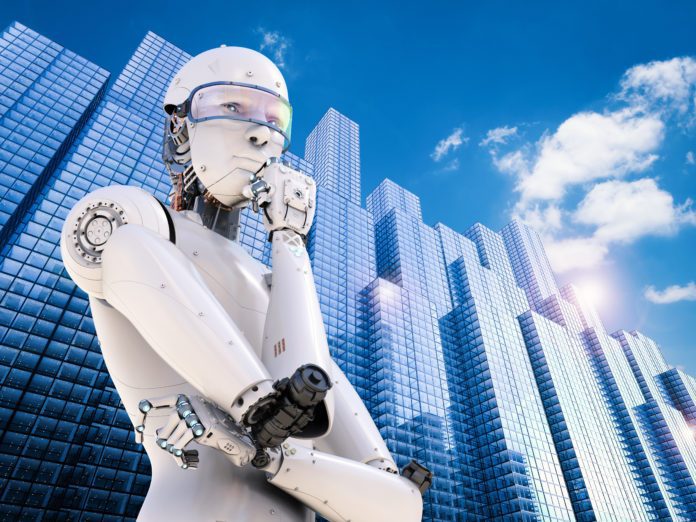Today’s office buildings are smart and are becoming even more intelligent with the help of machine learning and artificial intelligence.
The recent proliferation of IoT devices and their convergence with cloud-based technologies is making it easier to generate data about building performance – creating a prime opportunity for building owners to?apply AI and ML to make critical operational and financial decisions.
Buildings today have evolved into complex connected technological systems that can be operationalized to maximize efficiencies such as cost-savings or improve worker productivity and occupant comfort.
Companies like Siemens, PointGrab, Crestron, Aquicore, and others are deploying AI and ML to achieve operational efficiencies to either save building owners energy costs or provide increased workplace productivity.
As AI continues to infiltrate the market, below are three ways in which it can be used to make buildings smarter.
Optimize energy consumption in office buildings
The U.S. Energy Information Administration estimates that the world?s energy consumption could grow by 28% by 2040. According to the Institute for Energy Research, building technology is the largest consumer of energy after transport and power generation. Heating, cooling, and lighting in residential and office buildings make up about 40% of the energy consumed.
When it comes to reducing energy consumption, buildings today are reliant mostly on post facto reporting – essentially analyzing what energy was used and then implementing a change in the hope that less energy will be used next time. AI and predictive analytics are rapidly changing this approach to one which is proactive.
For example, in the case of HVAC systems, the controlling room temperature essentially tells the system how much cold air to blow in an area to decrease the temperature.
However many other factors are involved in managing or optimizing the thermal HVAC loads including human activity within the space, sunlight, heat from electronics and the number of occupants. Information from these factors which was once previously unavailable can now be gathered by low-cost IoT devices and sensors and used to decrease energy consumption by an HVAC system.
AI-based energy management platforms can identify the times when there is less sunlight or a larger mass of occupant to properly blow the right amount of air into the room based on these factors. It can even identify when it makes sense to pre-cool the building when energy is at the highest price or to decrease cooling at times when there is low activity based on usage patterns.
Preventative maintenance in office buildings
In addition to optimizing energy efficiency, AI and ML are exceptionally well suited for detecting faults and failures in office building systems by identifying anomalies and inconsistencies in data gather by IoT devices and sensors. After identifying these symptoms, AI can be used to determine causes and provide a diagnosis.
AI is especially effective at detecting subtle and qualitative abnormalities or relationships between components based on data which are difficult for humans to filter due our limited capacity to review massive amounts of data.
However, it should be noted that AI?s role primarily is to inform – human intuition and expertise is still needed to correctly determine the best action to take based on the assessment of a malfunction or failure.
Improving occupant comfort in office buildings
Recent studies have found that there is an active link between workplace comfort and worker productivity. A survey of nearly 136,000 respondents, found that the most critical parts of a productive workspace were directly related to physical comfort: desk, chair, and temperature control.
Office workers lose 1.5 hours a day of productivity due to distractions because they are either thinking about the discomfort instead of focus on the task at hand or may start wasting time on behaviors to cope with their distress. Either way, the problem costs large enterprises and office tenants millions a year in lost productivity.
Mobile apps and wearable devices are solving the problem by enabling occupants to connect directly with building operators. Building owners can now directly understand how occupants are using the building and assess their comfort levels through direct tenant feedback.
The data collected from these devices can be added as variables to AI to build advanced models of how a building performs to achieve its higher worker productivity which in the long-run results in tenant retention and other benefits for building owners.

